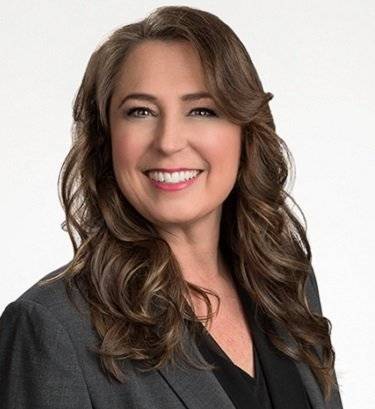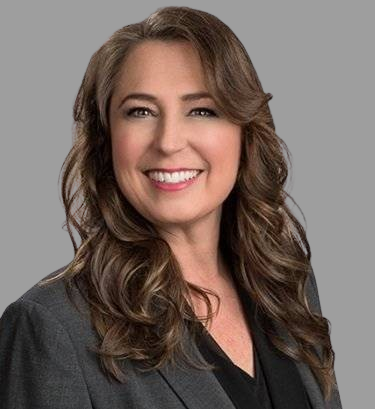Layla Wellness - Providing Personalized, Fertility Monitoring
With more than 20 years of experience in executive leadership roles, Lynnette Dillen has carved a niche for herself in the med tech industry. She has been at the helm of affairs at a slew of companies ranging from start-ups to mid-size to Fortune 500. A hands-on, results-driven leader, Lynnette joined Layla Wellness, a platform to create a stress-free method for ovulation prediction and cycle tracking for women. She speaks on array of topics. Excerpts from an interview:
Pandemic’s Effect on Medtech Industry
Says Lynnette that COVID-19 has spurred the movement of the healthcare industry towards med tech innovation. “We were quickly placed in a position that created a need for telehealth and other innovative solutions that were out of the normal doctor office visit scenario. Additionally, it has spurred interest in seeking ways to become more informed and take control of your own health and wellness journey.”
Conception of Layla Wellness
Layla was created for women and by women to create better women’s health resources. “We realized that our own struggles and heartbreak with pregnancy, the inability to conceive, and the unknown abyss of menopause symptoms connected us.” Observes the entrepreneur that the concept was created through a competition at the University of Utah, the Bench to Bedside program.” Layla won the competition and has since been the recipient of several Engineering and Innovation Awards and Grants, including the ASU innovation Open and Bench to Bedside during which the concept was validated by medical, business, and engineering experts. “We learned that our experiences are not uncommon and we are moving forward with the mission of empowering women by giving them critical education, personal health information and a community to understand their own body and help them on their journey from initial menstruation through menopause.”
Sensor Transmission Technology – Sensorsend
“Combining the most important biomarkers using sensor technology with real time data results to allow us a more accurate and personal picture of a woman’s cycle. Current methods, including new technology, still require manual insertion of device or outside lab testing which are then measured against broad range averages. As we moved through the iterations of our initial device our testing showed that 2.4GHz radios (including Bluetooth) have difficulty transmitting through muscle like substance.”
Notes Lynnette that continuing with a Bluetooth product would not provide the customers the truly hands-free experience that they envisioned, and would require either retrieval of the device or other accommodations for the device to connect to our app. “Through additional development iterations we were able to develop a true innovation using a safe low frequency transmission, which enables our device to transmit information from sensors within the body to a device outside the body in real time without retrieving the device. We can adapt our technology to just about any sensor in many other indications aside from women’s health.” Layla’s Sensorsend™ platform technology will be an important disruptor in the wearable device market.
The Medtech Journey
Lynnette adds that Med Tech innovation truly combines the challenges of both- the executive world and the nuances of technology and life sciences. “Both industries have changing regulatory requirements that need to be addressed consistently. Keeping abreast of your regulatory landscape several years into the future will help to mitigate development risks.” Layla Wellness was conceptualized to provide a convenient and accurate way for women to understand ovulation and beyond. The firm’s hands-free device collects health data and transmits to a personal device such as a cellphone. “In today’s environment this carries the added risk of security of personal health information. Maintaining a well-established data security plan is a must.”
Leadership Traits
Focus, positivity, and the ability to value personal relationships, remain the most important traits for this entrepreneur. “It is truly the people that you engage with that drive your success. Surround yourself with people that share your vision and passion and lead with conviction and kindness.”
A true visionary, Lynnette says that from very early on in her career, she always admired the leaders that can see the value inside the business. “One of my favorite stories is Patrick Doyle of Dominos realizing they are a Tech company not just pizza delivery. If your plan is well vetted and forward thinking, stick to it and do not get distracted by new market entrants. There will always be a new device or new technology, stay focused.”
“Have true clarity about what you are trying to achieve, stay focused and put extra effort into building the personal relationships of people who truly support you” she advises young leaders.
Layla – The Way Forward
“Although our first product is focused on fertility, we will be moving on to other indications in women’s health” asserts Lynnette. “Our Sensorsend™ platform will allow us to work with research partners gathering real time information without human intervention variables such as timing or environment, in a way that has not been done before. We are currently exploring supporting women’s metabolic health as well as women’s sports. Our goal is to provide important data using specific biomarkers in women’s health to move the needle in research from a point in time, guess and treat approach to real time personalized results” she signs off.

Company: Layla Wellness
Website: www.laylawellness.com
Management: Lynnette Dillen, CEO
Founded Year: 2018
Headquarters: Salt Lake City, Utah
Description: Layla simplifies fertility monitoring by predicting the fertile window with an intravaginal ring and mobile app.




